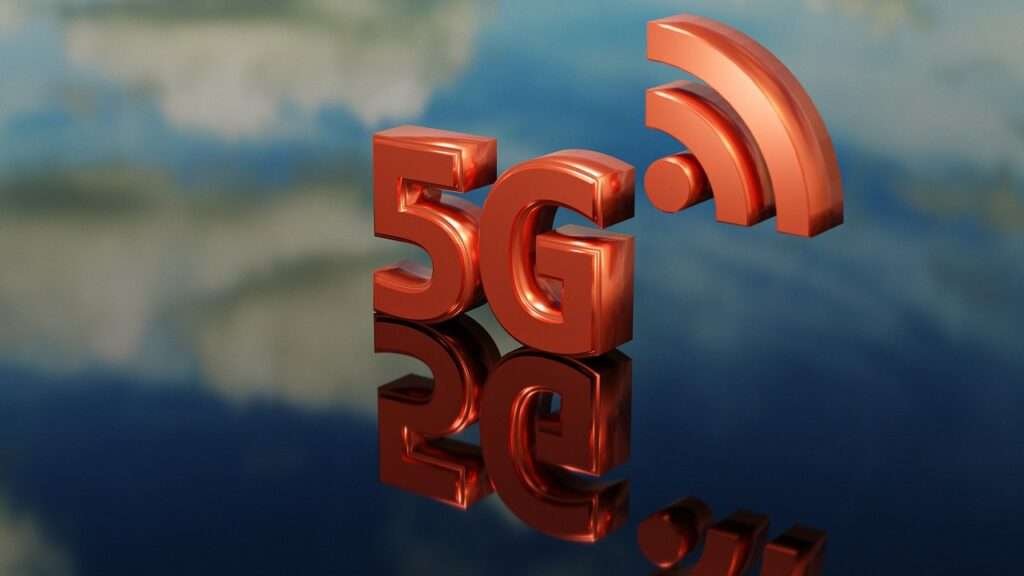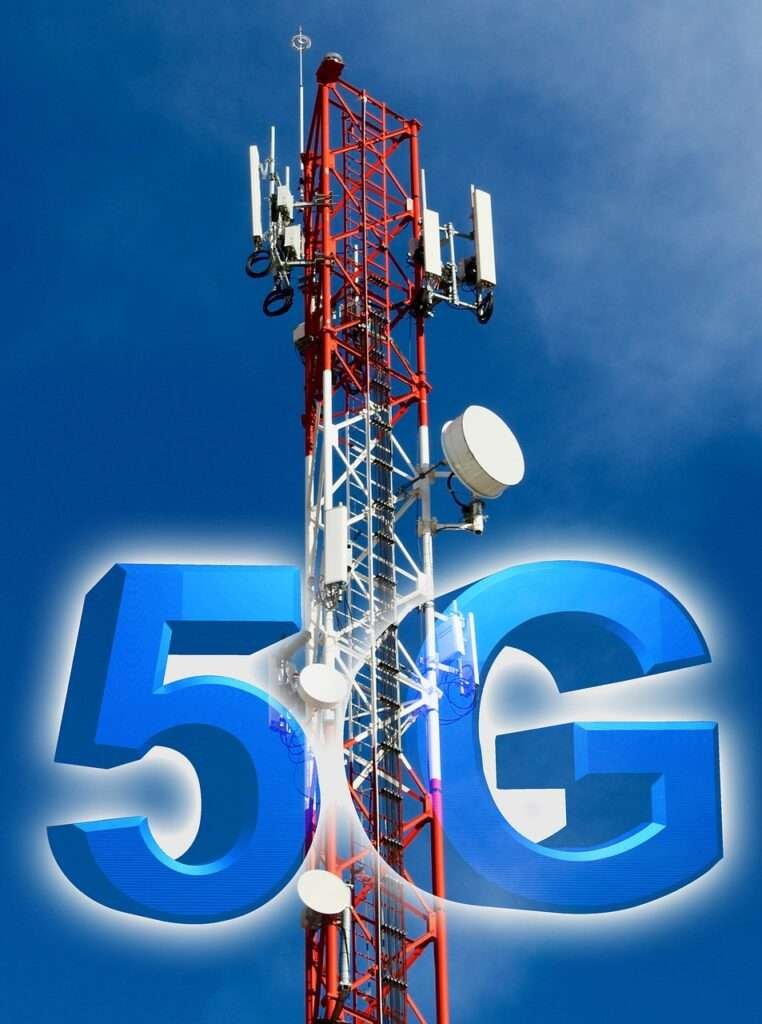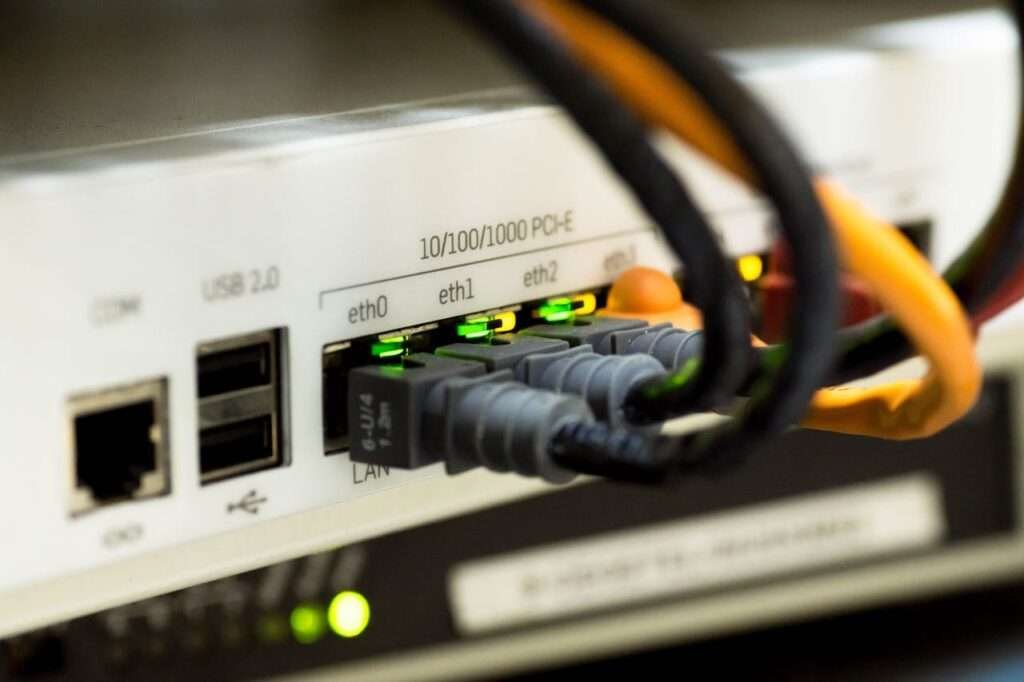Introduction on 5G technology
In an era defined by rapid technological advancements, 5G technology emerges as a pivotal force poised to revolutionize the modern digital landscape. The fifth generation of wireless technology, 5G technology, heralds a new dawn for connectivity, promising dramatically increased speed, reduced latency, and enhanced capacity. For both consumers and businesses, the potential impact of embracing 5G is profound and far-reaching.
As we witness the exponential growth of the digital ecosystem, the demand for faster, more reliable, and seamlessly connected networks intensifies. 5G technology is set to meet these demands, offering unparalleled advancements that extend beyond mere improvements in mobile gaming or video streaming. It holds the potential to reshape industries by enabling smart cities, augmenting healthcare delivery through telemedicine, and powering autonomous vehicles, thus fostering a more interconnected and efficient world.
For consumers, 5G promises to redefine daily experiences by facilitating instant access to information, uninterrupted high-definition video calls, and immersive virtual and augmented reality applications. The benefits, however, extend further as consumers gain seamless access to smart home devices and enhanced online shopping experiences, thereby merging the physical and digital realms.
Businesses, on the other hand, stand to gain an immense competitive edge through 5G technology’s capabilities. Enhanced connectivity allows for the expansion of the Internet of Things (IoT), creating opportunities for real-time data analytics, improved supply chain management, and innovation in product development. Industries such as manufacturing, agriculture, and retail are set to experience significant transformations with the advent of 5G, paving the way for innovation and growth.
Ultimately, the transition to 5G technology represents a leap forward in our digital age. By bridging the gap between present limitations and future possibilities, 5G is positioned as a catalyst for significant advancements across various spheres, promising to reshape the way we live and work.
Detailed Explanation of 5G Technology
5G technology represents the fifth generation of mobile networks, building upon the foundations laid by its predecessors to deliver unprecedented advancements in connectivity. Unlike 4G LTE, which brought significant improvements in data speeds and network capacity, 5G enhances these aspects to a phenomenal extent, heralding a new era in mobile communication.
One of the most notable differences between 5G and previous generations is its ultra-fast speeds. While 4G LTE can achieve speeds of up to 1 Gbps, 5G is designed to reach speeds exceeding 10 Gbps. This immense leap allows users to download high-definition movies in seconds, stream 4K videos without buffering, and enjoy seamless experiences with bandwidth-intensive applications, enhancing overall mobile connectivity.
Another crucial feature of 5G technology is its remarkably low latency. Latency refers to the delay between a user’s action and a network’s response. With 4G LTE, typical latencies hover around 50 milliseconds. In contrast, 5G aims to reduce latencies to as low as 1 millisecond. This near-instant responsiveness is particularly valuable in applications requiring real-time interactions, such as online gaming, autonomous vehicles, and telemedicine, where even a minor delay can affect performance significantly.
5G also excels in its ability to connect a vast number of devices simultaneously, a feat critical for the burgeoning Internet of Things (IoT). Supporting up to a million devices per square kilometer, 5G networks can efficiently manage the growing array of smart home gadgets, wearable tech, industrial sensors, and more. This capability not only drives productivity and innovation but also paves the way for smart cities and advanced logistics solutions.
Together, these features make 5G technology a transformative force. Its superior speed, low latency, and robust connectivity capabilities enable new applications and services that were previously unattainable, significantly impacting both consumer experiences and business operations. As 5G technology continues to evolve, its role as a game-changer in the mobile communication landscape becomes increasingly evident.

Impact on Consumers
5G technology promises to significantly enhance the mobile experience for consumers, introducing a new era of connectivity and performance. One of the most notable improvements is in the realm of video streaming. With 5G, ultra-high-definition videos can be streamed without buffering, providing a seamless viewing experience even in crowded areas. This is bolstered by increased bandwidth and reduced latency, which are crucial for achieving uninterrupted service.
Augmented reality (AR) experiences are also set to flourish under 5G. Applications such as AR gaming, virtual try-ons for shopping, and interactive learning tools will benefit from the high-speed, low-latency connections. For instance, consumers could use AR to visualize furniture placements in real-time or participate in live, interactive sporting events from the comfort of their homes.
Another significant area of impact is cloud gaming. 5G’s robust infrastructure supports quick data transfers, enabling high-quality, responsive gaming experiences without the need for powerful local hardware. Gamers can access a vast library of games from anywhere, playing smoothly on mobile devices as well as remote consoles.
Smart homes and wearables are set to become more integral to daily life with the advent of 5g technology. The increased device connectivity and data exchange rates mean smarter home automation systems and more advanced wearables. Imagine a home where all appliances, lights, and security systems are interconnected and controlled via a single, intuitive interface, with 5G ensuring real-time responsiveness.
The pandemic has highlighted the importance of stable internet connections for remote work and education. 5G offers a more robust and consistent connection, allowing for uninterrupted video conferences, instant data sharing, and seamless collaboration platforms. This is especially crucial in areas where existing networks may be overloaded or unreliable.
In summary, 5G technology is poised to revolutionize everyday activities by offering enhanced streaming capabilities, richer AR experiences, seamless cloud gaming, more connected homes, and reliable remote work and educational opportunities. As 5G becomes more widespread, consumers will undoubtedly benefit from a more interconnected, automated, and efficient digital lifestyle.

Impact on Businesses
5G technology is revolutionizing business operations by significantly enhancing productivity and efficiency. This cutting-edge network provides immensely faster data speeds and lower latency, enabling businesses to perform tasks more swiftly and reliably. Enterprises can now leverage real-time data analytics to gain insights, make quicker decisions, and respond to market changes with unprecedented agility.
One groundbreaking innovation driven by 5G is the development of new business models. For instance, companies can deploy telemedicine services with greater confidence, facilitating real-time consultations and remote procedures, thereby expanding healthcare access and reducing response times in critical situations. Similarly, augmented reality (AR) and virtual reality (VR) applications are taking center stage across sectors. Retailers, for example, can create immersive shopping experiences for consumers, allowing them to visualize products in their intended environment before making a purchase.
Moreover, 5G technology fosters improved communication and collaboration within businesses. The ability to host seamless virtual meetings without lags or interruptions enhances team interactions and boosts overall productivity. Remote work setups benefit significantly, as employees can smoothly collaborate in real-time, regardless of their geographical location. This seamless integration streamlines workflows and fosters an environment where innovation can thrive.
Consider, for instance, the manufacturing industry: factories equipped with 5G connectivity can utilize smart sensors to monitor equipment performance continually. Any anomalies detected can trigger immediate alerts, thus preventing costly downtimes and ensuring efficient operations. Another example is the automotive industry, where 5G enables advancements in autonomous driving technologies. Vehicles can communicate with each other and with infrastructure in real-time, leading to safer, smarter, and more efficient transportation systems.
Ultimately, 5G’s transformative impact on various sectors underscores its pivotal role in the modern business landscape. By providing the foundational framework for innovation, it empowers businesses to expand their horizons, optimize their operations, and deliver superior products and services to their customers.
Challenges and Considerations
The implementation of 5G technology heralds a new era of connectivity but comes with considerable challenges. One of the foremost issues is the substantial infrastructure investment required. The deployment of 5G networks necessitates a dense array of small cells and towers to ensure adequate coverage, especially in urban areas. This new infrastructure demands significant financial resources, collaboration between public and private sectors, and the efficient integration of existing networks, complicating the transition from older generation technologies.
Beyond financial and logistical considerations, data privacy and security are critical concerns with 5G technology. The exponentially higher data transfer speeds and enhanced connectivity introduce more points of vulnerability. Attack vectors such as Distributed Denial of Service (DDoS) attacks, data breaches, and other cyber threats require robust security frameworks and continuous advancements in cybersecurity measures to safeguard user data and organizational information.
Health and environmental considerations also play a crucial role in discussions about 5G deployment. The widespread installation of 5G towers and small cells has sparked debates over the possible health effects of increased electromagnetic frequencies. Although many scientific studies have indicated that the levels emitted by 5G installations are within safe limits as established by international guidelines, public concern persists. Additionally, the environmental impact of producing and installing new hardware for 5G networks necessitates thoughtful approaches to resource management and sustainability.
Various steps are being taken by governments and private entities to navigate these challenges. Regulatory bodies are formulating guidelines to ensure that privacy and security standards are met, while also facilitating innovation. For instance, promoting public-private partnerships can help distribute the financial burden of infrastructure development. Globally, regions vary in their approach: while countries like South Korea and the United States lead in early adoption and intensive rollout, others are focusing on phased implementation and pilot projects to address potential problems incrementally.
By recognizing these multifaceted challenges and actively seeking solutions, the smoother and more secure implementation of 5G technology across the globe can be achieved, ensuring that both consumers and businesses benefit from this transformative advancement.

Conclusion
As we stand on the brink of a new era in connectivity, the advent of 5G technology is more than just an incremental step forward; it represents a seismic shift in how we interact with the digital world. The implications of 5G technology are vast, touching every facet of our lives—from the way we communicate and consume content to how industries operate and innovate. The ultra-fast speeds, low latency, and massive device connectivity that 5G offers are not just technical advancements but foundational enablers of a more interconnected, intelligent, and efficient world.
For consumers, 5G promises to elevate everyday experiences to new heights. The ability to stream high-definition content without interruption, engage in immersive augmented and virtual reality environments, and seamlessly integrate smart home devices into daily routines are just the beginning. As 5G becomes more widespread, the digital divide will narrow, granting more people access to the benefits of advanced technology, thereby fostering greater inclusivity and connectivity.
Businesses, on the other hand, stand to gain transformative capabilities that could redefine entire industries. The rise of smart factories, precision agriculture, and real-time logistics management, all powered by 5G, will drive productivity and innovation at an unprecedented pace. The healthcare industry will see the proliferation of telemedicine and remote surgery, making high-quality care more accessible than ever before. Retail will be revolutionized through personalized shopping experiences and enhanced supply chain efficiency, while the automotive sector will witness the dawn of fully autonomous vehicles that communicate seamlessly with their surroundings.
However, as we embrace this technological revolution, it is crucial to address the challenges that accompany it. The substantial infrastructure investments required, the need for robust cybersecurity measures, and the environmental considerations of widespread 5G deployment are significant hurdles that must be overcome. Collaboration between governments, industries, and communities will be essential in ensuring that the rollout of 5G is both successful and sustainable.
Moreover, public education and awareness will play a pivotal role in addressing concerns and misconceptions about 5G technology. Transparent communication and proactive engagement with the public can help build trust and ensure that the benefits of 5G are widely understood and embraced.
In the long run, the successful implementation of 5G technology will not only enhance our current digital capabilities but also lay the groundwork for future innovations that we can scarcely imagine today. From enabling the widespread adoption of artificial intelligence and the Internet of Things to facilitating breakthroughs in fields like education, entertainment, and transportation, 5G will be a catalyst for a new wave of technological progress.
As we look ahead, it is clear that 5G technology will be a driving force in shaping the future of our global economy, our societies, and our daily lives. The opportunities it presents are boundless, and the potential for positive change is immense. By embracing 5G, we are not just upgrading our networks—we are unlocking the full potential of a connected world where the possibilities for growth, innovation, and collaboration are truly limitless.
In conclusion, 5G is more than just the next generation of wireless technology; it is the foundation upon which the future will be built. Whether you’re a consumer eager to experience the latest digital innovations, a business looking to gain a competitive edge, or a community striving for greater connectivity, the transition to 5G offers something for everyone. As we continue to explore and expand the capabilities of this revolutionary technology, we must also ensure that its benefits are shared widely and equitably, paving the way for a brighter, more connected future for all.








